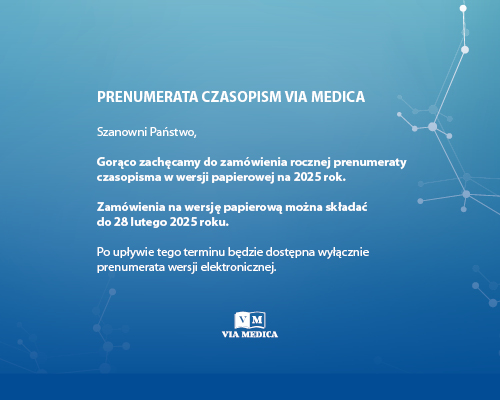Vol 68, No 4 (2009)
Original article
Published online: 2009-11-26
NADH-generating substrates reduce peroxyl radical toxicity in RL-34 cells
Folia Morphol 2009;68(4):247-255.
Abstract
There is general agreement that oxidative stress may induce apoptotic and
necrotic cell death. Recently it has been shown that NADH can be considered
an important antioxidant as it reacts with peroxyl and alkoxyl radicals under in
vitro conditions. Therefore, in the present study we hypothesized that an increase
in intracellular NADH using specific substrates will protect RL-34 cells
against cytotoxicity of 2’-azobis (2-amidinopropane) dihydrochloride (AAPH),
which is a peroxyl radical generating compound. Cells treated for 24 hours
with 6.0 mM AAPH were severely damaged: mitochondria were vacuolated,
and the level of free radicals significantly increased. Both apoptotic and necrotic
cells were detected (11.1% and 11.4%, respectively) even after 5 hours of
treatment. Pretreatment of the cells with substrates which increase the intracellular
level of NADH, such as lactate, beta-hydroxybutyrate, and ethanol,
distinctly inhibited AAPH-induced reactive oxygen species (ROS) formation and
cell death. On the other hand, acetoacetate (AcA), which decrease the intracellular
level of NADH, had opposite effects. Interestingly, NADH-generating substrates
augment, while AcA reduced superoxide radical formation induced by
AAPH. These results may suggest that although NADH generating substrates
may exert some deleterious effects within a cell by inducing reductive stress, they
diminish alkoxyl or peroxyl radical cytotoxicity. The protection is associated with
a decrease in ROS formation measured by dichlorofluorescein, but with an increase
in superoxide radical formation.
Keywords: AAPHethanolapoptosis



